|
Veterans Day in the United States honors everyone who served in the U.S. military. Since Veterans Day is coming up on November 11, I'm reading Molly Guptill Manning’s nonfiction book, When Books Went to War: The Stories that Helped Us Win World War II. Americans were hesitant—and sometimes outright opposed—to enter the war in Europe. After all, a mere eighteen years had passed from the armistice of the Great War in 1918 to the invasion of Poland in 1939. Hitler’s military rampage across eastern and western Europe eliminated any doubts that Americans might have had regarding Nazi goals to obliterate not only armed forces, but also free thought, democracies, and the cultures in which they thrived. After France fell in June 1940, the U.S. Congress passed, in September 1940, the Selective Training and Service Act: the first peacetime draft in U.S. history. President Franklin Delano Roosevelt signed the Act into law on September 16. Barely fifteen months later, the Japanese attacked Pearl Harbor on December 7, 1941. In 1939, the U.S. armed forces consisted of outdated equipment, scant supplies, and approximately 334,000 volunteers. From 1941 to 1945, the armed forces grew rapidly from approximately 1.8 million to over 12 million men and women in uniform. Throughout the war, books played a critical role in building morale and winning the battle for ideas. Current-day readers like you and me can enjoy the engrossing story of that role in Manning's 2014 book, When Books Went to War. You'll learn why and how Americans made fiction and nonfiction books accessible to the men and women of the U.S. armed forces. Victory Book Campaign. It started with book drives spearheaded by librarians across America. The first Victory Book Campaign (VBC) took place in 1942 and met its goal of ten million books. In all, American forces received 18 million donated books through the VBC. The Victory Book Campaign experienced a few burps. For example, the sorting centers had to reject 1.5 million of the four million books collected by early March 1942. Titles such as How to Knit, An Undertaker’s Review, and Theology in 1870 lacked the best “fit” for military training centers. The sorted books that made it to training centers were given a warm welcome, and avid requests were made for more. To the chagrin of librarians, the Victory Book Campaign ended in October 1943. Why? Three factors came into play:
Periodicals. Frontline troops craved written material that they could carry easily. The delivery of popular magazines to the front began in a haphazard fashion that often resulted in late and tattered issues—and sometimes none at all. The resolution of the distribution malaise in spring 1943 is credited as one of the biggest improvements in recreation for frontline troops. Production costs and paper rationing inspired some magazine publishers to experiment with miniature editions for the armed forces. The miniatures contained no advertisements, saved paper and, due to the roughly six-inch by four-inch size, used a small font hard on the eyes. Manning also reports that in 1945, "a special WAC Magazine Kit was developed, which was distributed to hospitals and Women's Army Corps units overseas..." The kit included ten titles ranging from Glamour to Good Housekeeping. Armed Services Editions. The Victory Book Campaign proved the morale-raising value of providing books to the soldiers, seamen, and airmen. The Campaign also showed the infeasibility of hardcover books in the frontlines. The troops needed fiction and nonfiction books that were lightweight and small enough to fit in the hip pocket or chest pocket of military fatigues. No glue in the book binding would be helpful, too, because in tropical climates, insects ate the glue and humidity rotted it. In tropical and temperate climates, the glued bindings fell apart more rapidly because books were shared until they were too tattered and smudged to read. The solution came through the efforts of the Council on Wartime Books together with the cooperation of the Navy and War Departments plus every major U.S. publishing company. The Armed Services Edition (ASE) was born. Armed Services Editions (ASE): 1943 - 1947. 1,324 book titles printed. Nearly 123,000,000 inexpensive, pocket-size books delivered to the U. S. Government for distribution to members of the American armed forces. Frontline forces treasured the pint-size paperbacks. Authors considered it an honor for their books to be published as Armed Services Editions. Publishing companies and bookstores stopped snubbing paperbacks because the low-cost books expanded an author's audience. Today you can buy vintage copies of Armed Services Editions from retailers selling on internet platforms such as Ebay and Etsy. They've gone up quite a bit in price since their original cost of approximately seven cents per copy. Until next time, Good Reading! Notes:
0 Comments
Your comment will be posted after it is approved.
Leave a Reply. |
AuthorLynne Schall is the author of three novels: Women's Company - The Minerva Girls (2016), Cloud County Persuasion (2018), and Cloud County Harvest (November 2022). She and her family live in Kansas, USA, where she is writing her fourth novel, Book 3 in the Cloud County trilogy. Archives
October 2023
|
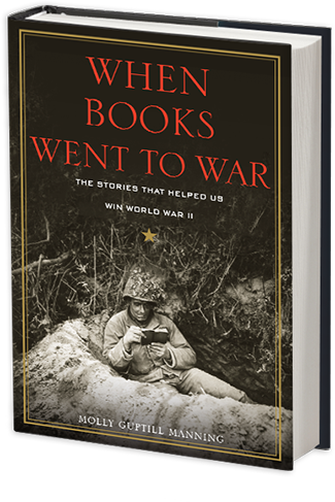
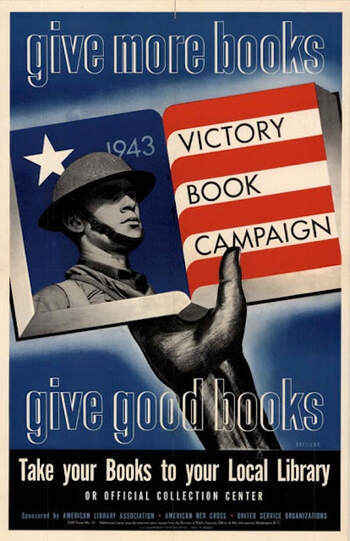
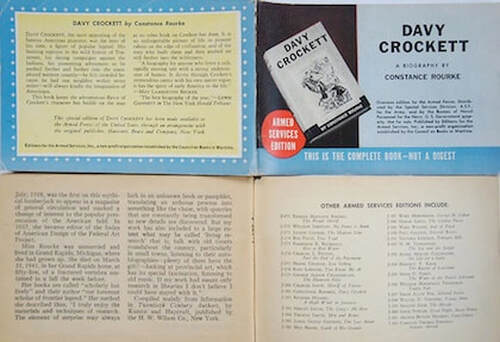
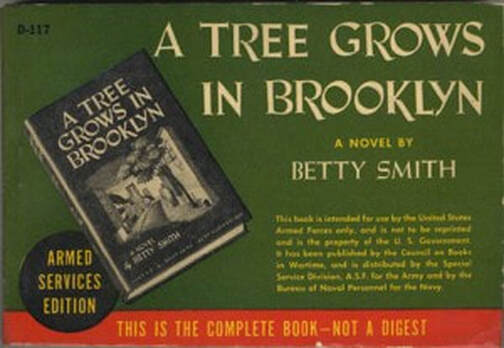
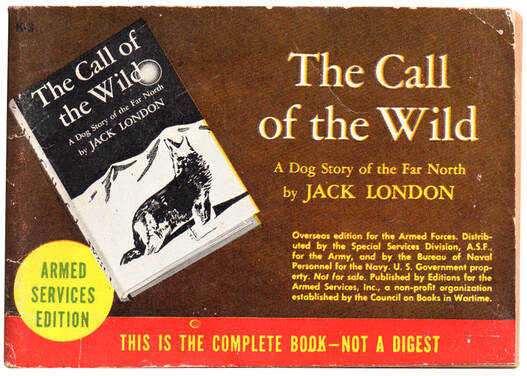

 RSS Feed
RSS Feed

